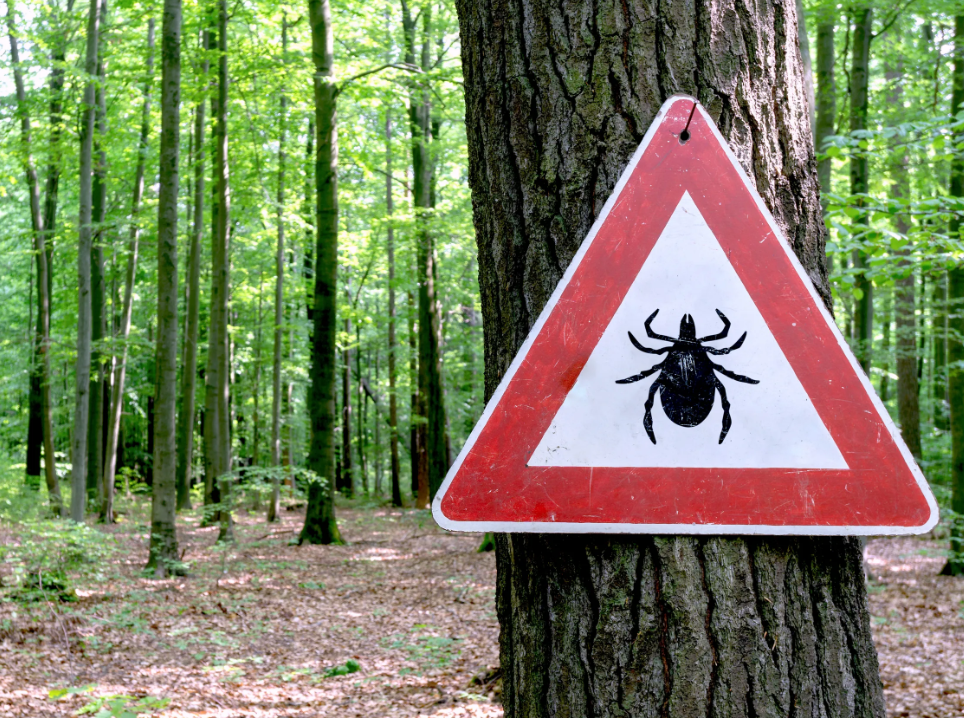Ticks are tiny arachnids that feed on the blood of mammals and birds, and they can carry dangerous diseases. The most common tick-borne disease in the U.S. is Lyme Disease, with an estimated 476,000 people diagnosed and treated annually. Other serious illnesses like Rocky Mountain Spotted Fever and Anaplasmosis are also on the rise.
Who Is at Risk?
People who spend time outdoors, especially in wooded or grassy areas, are most at risk. This includes outdoor workers, hikers, and pet workers.
How to Protect Yourself, especially on the Jobsite:
- Wear long sleeves and pants when working outdoors, particularly on vegetation-heavy job sites
- Use tick repellents that contain DEET or permethrin on skin and clothing
- Conduct thorough tick checks on yourself and teammates after shifts in the field
- Shower soon after returning from the job site to help remove ticks
- Maintain work areas: trim back vegetation where possible to limit exposure
- Educate your crew about symptoms and prevention as part of routine safety talks
Know the Symptoms:
- Fever, fatigue, or muscle aches
- Rash (bulls-eye pattern)
- Swollen lymph nodes
If you develop symptoms after a tick bite or outdoor activities, see a doctor right away. Early treatment can prevent serious illnesses.
For more information about this topic visit Tickborne Disease - Overview | Occupational Safety and Health Administration


